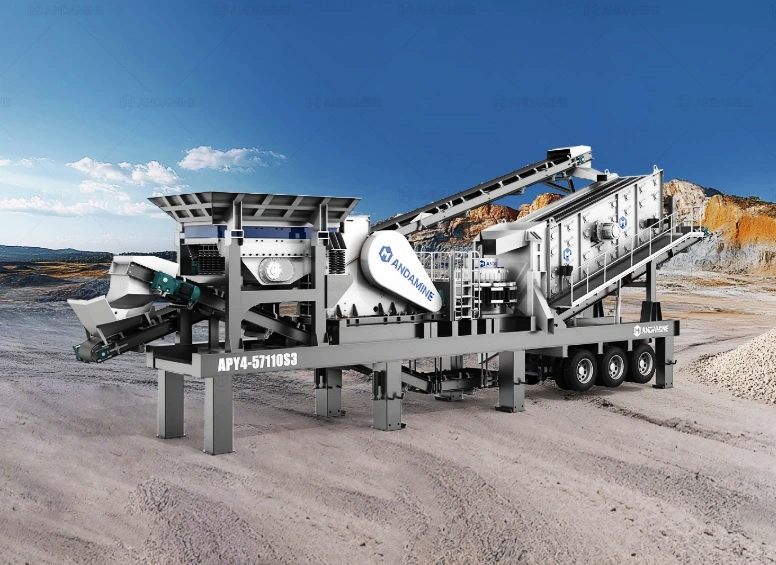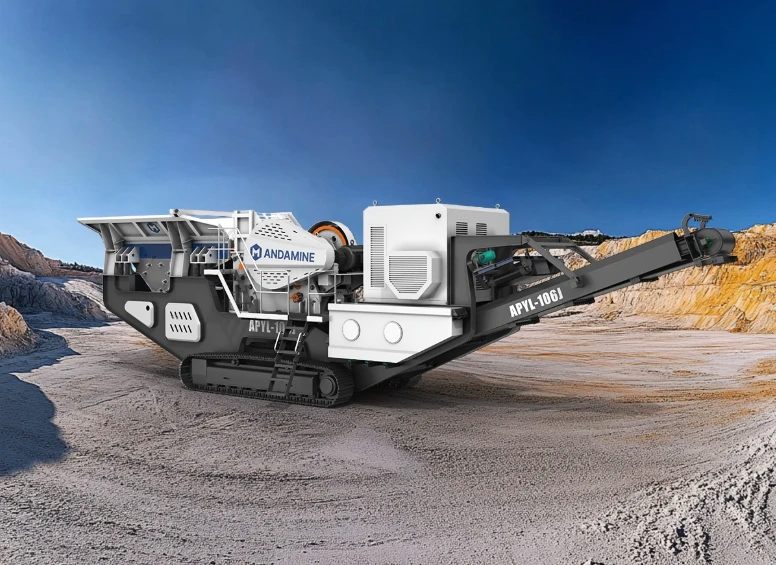What is limestone crusher? It is a machine designed to process limestone into smaller rocks or fine powder for industrial purposes. Used in cement, concrete, road, and chemical applications, a limestone crusher ensures materials are the right size and quality. This makes production more efficient, reliable, and cost-effective for businesses in construction, mining, and manufacturing.
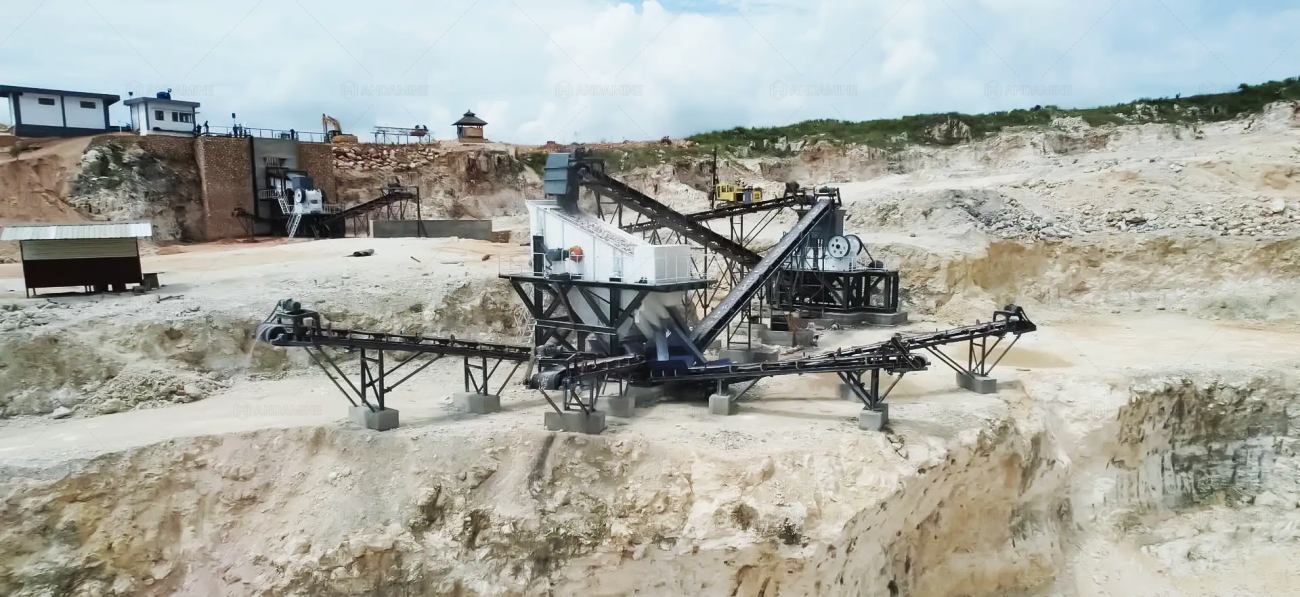
What is Limestone and Its Key Properties
Limestone is a naturally occurring sedimentary rock, primarily composed of calcium carbonate (CaCO₃). It forms over millions of years through the accumulation of shells, coral, algae, and other organic remains, or through chemical precipitation. Limestone is widely used in construction, cement production, agriculture, and industrial applications because of its abundance, versatility, and unique properties.

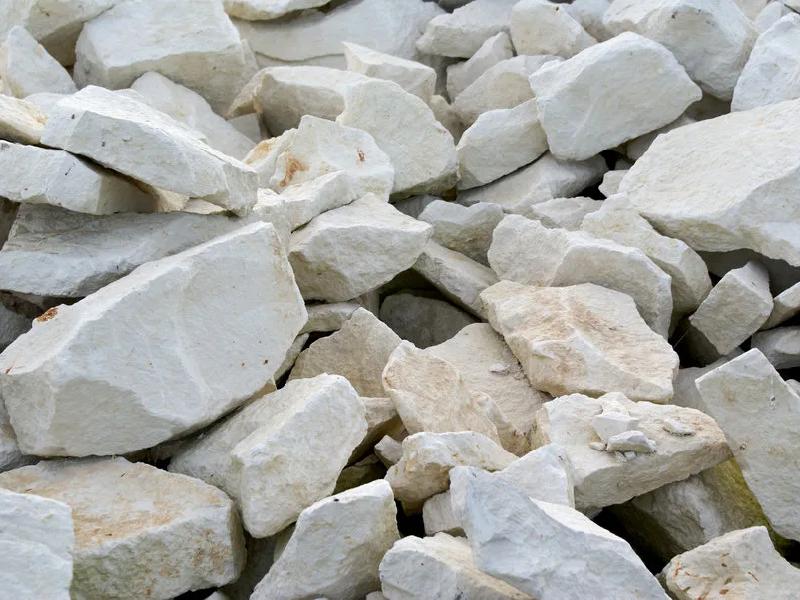
Key Properties of Limestone:
- Color and Appearance: Usually gray, white, or beige; may contain fossils or show layered textures.
- Hardness: Relatively soft, with a Mohs hardness around 3, making it easy to crush and shape.
- Porosity: Ranges from dense to porous; affects durability and water absorption.
- Chemical Composition: Primarily calcium carbonate; some varieties contain magnesium (dolomitic limestone).
- Reactivity: Reacts with acids, useful for industrial processes and soil treatment.
- Durability: Strong for construction but can be affected by acidic environments over time.
Essential Uses of Crushed Limestone Across Major Industries

Crushed limestone is a highly versatile material with critical applications across multiple industries. Its unique physical and chemical properties make it indispensable in construction, cement production, industrial processes, and agriculture.
Construction Aggregate
Crushed limestone is widely used as a base material for roads, highways, bridges, and railways. It also serves as an aggregate in concrete and asphalt, providing strength, stability, and durability to infrastructure projects.
Cement Production
Limestone is a key raw material in cement manufacturing. Crushed limestone is processed in kilns to produce clinker, which is then ground into cement. Its high calcium carbonate content ensures strong and reliable cement for construction.
Industrial Applications
In steelmaking, chemical production, and flue gas desulfurization, crushed limestone acts as a flux and neutralizer. It removes impurities, adjusts pH, and supports various industrial processes efficiently.
Agriculture
Applied to soil, crushed limestone improves pH balance and provides essential calcium for crops. This enhances soil fertility, promotes healthy plant growth, and increases crop yields, making it vital for sustainable farming.
To efficiently produce high-quality crushed limestone for these key applications, selecting the right limestone crushers and crushing plants is essential.
Best Crushers and Crushing Plants for Efficient Limestone Processing
Efficient limestone processing is essential for various applications. Selecting the right crushers and crushing plants ensures consistent material quality, optimal production efficiency, and reduced operational costs. This guide explains the most suitable limestone crushers and plants for different crushing stages.
Jaw Crushers: Primary or Coarse Crushing
Jaw crushers are the most common choice for primary or coarse crushing of limestone. They are designed to handle large limestone blocks, breaking them down into smaller, manageable pieces. Andamine offers three main types of jaw crushers: APJ-E type, APJ-V European type and APJ-X Type fine jaw crushers.
Key Features:
- Large feed opening & deep chamber design: Handles bigger and harder materials with improved crushing efficiency.
- High crushing ratio & strong force: Ensures high capacity and stable performance.
- Adjustable discharge settings: Meets different particle size and application requirements.
- Energy-efficient design: Optimized chamber reduces power consumption while maintaining uniform output.
- Simple and durable structure: Easy to operate and maintain, suitable for various working conditions.
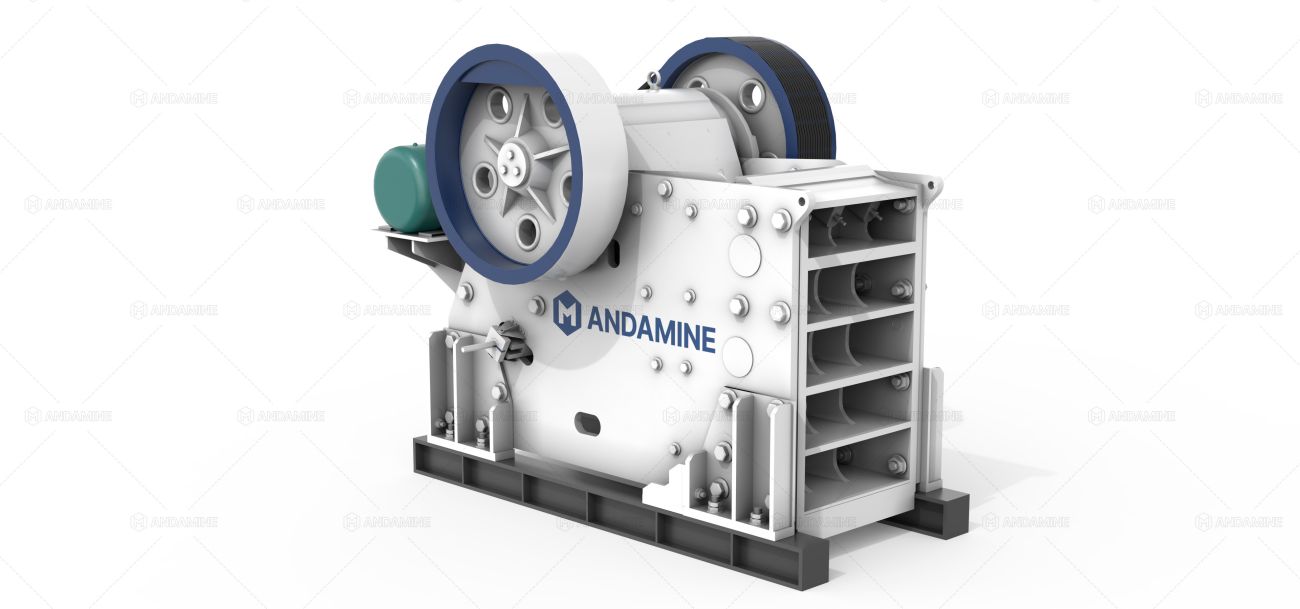
Cone Crushers: Secondary or Medium Crushing
After primary crushing, cone crushers are commonly used for secondary or medium crushing. They process limestone into smaller, more uniform particles suitable for cement production, construction aggregates, and industrial applications. We provide APC-M multi-cylinder hydraulic type, APC-D single cylinder hydraulic type, APC-C compound type and APC-Y spring type cone crushers for limestones processing.
Key Features:
- Excellent Product Shape: The crushed products are cubic and uniformly sized, making them suitable for high-quality manufactured sand production and construction applications.
- Multiple Structural Types: Available in standard, short-head, and compound (spring + hydraulic) designs to meet different medium and fine crushing requirements.
- High Crushing Efficiency: Offers high efficiency, ideal for continuous processing of medium-hard and hard ores, with low production costs.
- Intelligent Hydraulic System: The hydraulic system simplifies cavity cleaning, discharge adjustment, and overload protection, reducing equipment wear and maintenance costs.
- Easy Maintenance: Reasonable structure ensures simple maintenance and stable long-term operation.

Impact Crushers: Fine Crushing and Shaping
For fine crushing and shaping, impact crushers are highly effective. They produce well-formed limestone particles suitable for decorative uses, industrial applications, and high-quality concrete. Our impact crushers mainly consist of APF type and APF-H hydraulic type crushers.
Key Features:
- High Crushing Ratio: Can complete the crushing of raw materials in a single stage and, in some cases, replace the two-stage process of jaw and impact crushers, suitable for medium to low hardness materials.
- Wide Applications: Ideal for producing manufactured sand and crushed stone aggregates; widely used in hydropower, road and highway construction, mining, metallurgy, and construction industries.
- Excellent Product Shape: Produces uniform and well-shaped particles, suitable for construction and road-building applications.
- Modular Design: Easy to replace wear parts, reducing maintenance difficulty and downtime.
- High Crushing Efficiency: Offers high efficiency, supports continuous operation, increases production capacity, and lowers production costs.

To optimize production, these crushers are often integrated into crushing plants, which include feeders, conveyors, and screening systems. Depending on the project scale and mobility requirements, there are two main types:
Stationary Limestone Crushing Plant
Stationary crushing stations are ideal for large-scale, continuous limestone processing. They deliver stable, high-efficiency production and can easily integrate multiple crushers for coarse, medium, and fine crushing, ensuring consistent product quality for mining and construction projects.
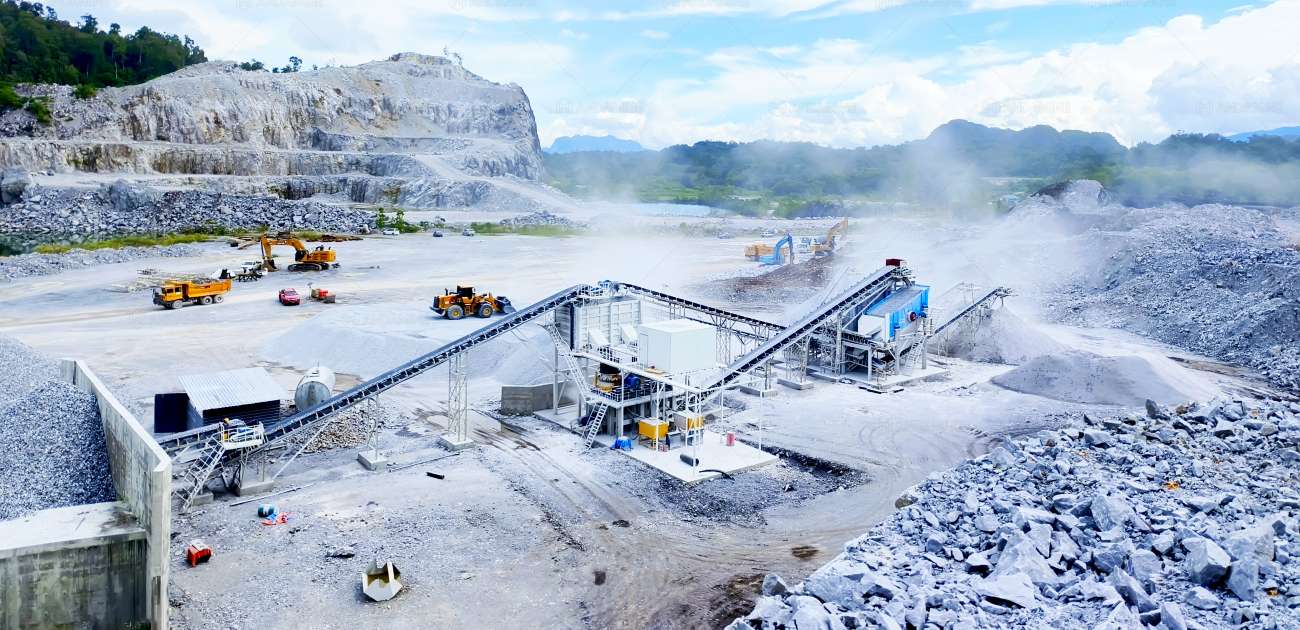
Mobile Limestone Crusher Plant
Andamine offers both tire-mounted and track-mounted mobile crushing plants for limestone processing. The tire-mounted mobile crushing plant features a wheeled chassis for flexible relocation between sites, reducing the need for concrete foundations and saving 30–60 days compared to fixed crushing plants. The track-mounted crushing plant features a rigid, multi-track chassis for excellent stability and off-road performance on various terrains. Equipped with reliable, fuel-efficient diesel engines and an advanced hydraulic system with imported components, it ensures stable, long-term operation with low maintenance.
Smart Features:
- Integrated Control System: One-touch start, operable via PLC touchscreen or push buttons, improving production efficiency.
- IoT Remote Monitoring System: Real-time monitoring of equipment status with automated maintenance reminders, reducing failure rates.
- Intelligent Feeding: Feeders equipped with remote control and adjustable feed speed to ensure continuous production.
- All-in-One Design: Integrates feeding, crushing, and screening into a single unit, streamlining the crushing process and reducing operating costs.
Selecting the right crusher is only the first step; understanding how to efficiently crush limestone ensures consistent particle size, high quality, and optimized production.
Customized Solution for Malaysia – 600t/h Limestone Crushing Plant For Aggregate Selling
This 600t/h stationary limestone crushing plant was specially designed to crush limestone and provide aggregates for the local construction project, such as the road construction project in east Malaysia. The crushing line was put into operation in January 2025, has been running smoothly since then, and has already started generating stable profits.

Customer’s Concerns:
- Whether the investment would achieve a good cost-performance ratio;
- Whether after-sales service could be delivered locally and on time.
Our Tailored Solution:
- Local Service Guarantee: With a branch office in Malaysia, our service team can reach the site at any time the customer requires.
- Professional Support: We dispatched experienced engineers to the site to assist in installation, commissioning, and provide long-term operational guidance.
- Reliability Assured: Continuous technical support and spare parts supply ensure long-term, stable operation.
Main configuration: Vibrating Feeder+Jaw Crusher+Cone Crusher+Vibrating Screen+Transfer Silo+Centralized Control Room
Key Features & Advantages:
- Robust Design: Entire line adopts a steel structure for greater stability and durability.
- Weather Adaptability: All components are rust-proofed to withstand Malaysia’s humid and rainy climate.
- Smart Operation: The intelligent control screen monitors equipment in real-time, enabling quick troubleshooting and ensuring efficient, uninterrupted production.
How to Process Limestone: From Large Rocks to Fine Aggregates

Processing limestone involves several essential steps to convert large quarry rocks into fine aggregates suitable for diverse applications.
1. Quarrying
Limestone is extracted from quarries using heavy machinery such as excavators and loaders. Large blocks are broken into manageable sizes to facilitate further processing.
2. Primary Crushing
The raw limestone is fed into a jaw crusher or gyratory crusher for primary crushing. This reduces large rocks into smaller pieces suitable for secondary processing.
3. Secondary and Fine Crushing
Crushed limestone is further processed using cone crushers or impact crushers. This step produces medium to fine particles with uniform size, meeting industry standards for concrete, asphalt, and cement.
4. Screening
The material is screened to separate particles by size. Oversized pieces are sent back to the crushers for reprocessing, ensuring consistent quality.
5. Optional Grinding
For specific industrial needs, limestone may be ground in ball mills or other mills to produce fine powder, often used as raw meal in cement production.
6. Storage and Transportation
The processed limestone is stored in silos or stockpiles before being packaged and transported to construction sites, cement plants, or industrial facilities.
Practical Tips for Effective Use of a Limestone Crusher
Maximizing the performance of a limestone crushing plant requires not only proper maintenance but also smart operational strategies. Implementing practical tips can improve efficiency, reduce costs, and ensure consistent output.
Proper Material Handling
Before crushing, make sure limestone is evenly sized and free from excessive moisture or impurities. Using conveyors and feeders to regulate material flow prevents blockages and ensures a steady feed rate.
Optimize Feed Distribution
Even distribution of material across the crusher’s intake helps reduce uneven wear and extends the life of the wear parts. Avoid dumping large quantities at once, which can overload the crusher and reduce efficiency.
Monitor and Adjust Operating Conditions
Regularly check key parameters such as crusher load, motor power, and vibration levels. Fine-tuning settings like rotor speed or discharge gap in response to changes in limestone hardness or moisture content ensures optimal crushing performance.
Implement Preventive Maintenance
Schedule routine inspections for bearings, belts, and liners. Replacing worn parts before they fail prevents unexpected downtime and costly repairs. Keeping the limestone crusher machine clean also minimizes the risk of material buildup.
Train Operators
A well-trained operator can quickly identify performance issues, adjust settings, and maintain safety standards. Continuous training ensures that best practices are consistently applied.
Future Trends in Limestone Crushing
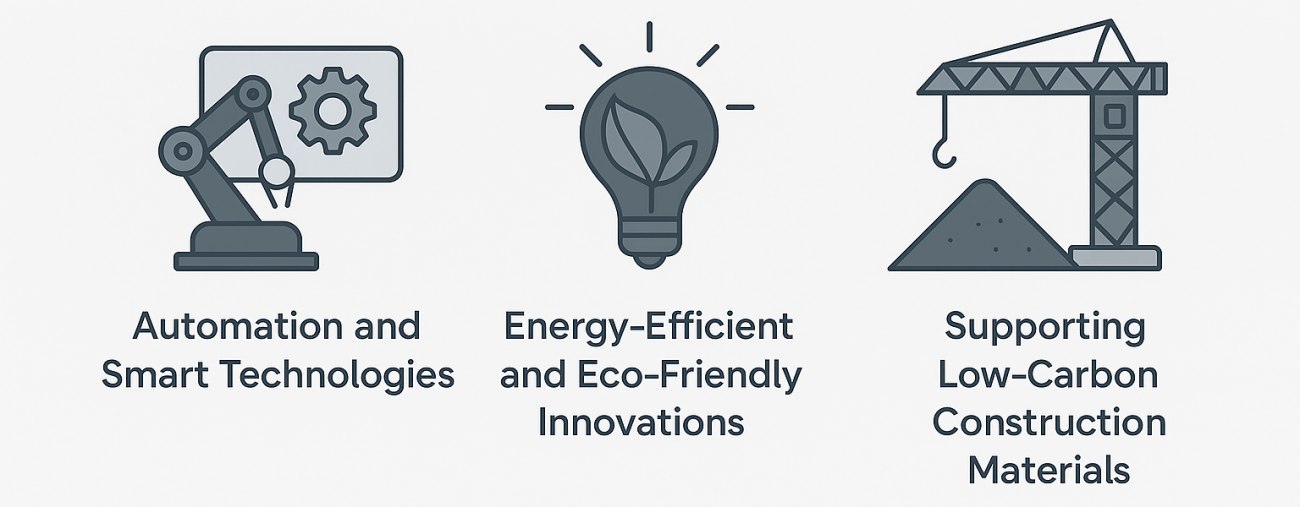
The limestone crushing industry is evolving rapidly, driven by automation, energy efficiency, and sustainability.
Automation and Smart TechnologiesIntegration of AI and IoT in limestone crushers is transforming operations. Predictive maintenance systems monitor equipment in real time, reducing downtime and maintenance costs. Smart control systems adjust crushing parameters dynamically, optimizing throughput and product quality.
Energy-Efficient and Eco-Friendly InnovationsModern crushers adopt hybrid drive systems and variable frequency drives (VFDs) to minimize energy consumption. Studies show that VFDs can cut energy use in crushers by up to 30%. These technologies not only lower operational costs but also reduce carbon emissions, making limestone crushing more sustainable.
Supporting Low-Carbon Construction MaterialsLimestone plays a critical role in producing low-carbon construction materials. Limestone Calcined Clay Cement (LC3) combines limestone with calcined clay, offering a low-carbon alternative to traditional cement and reducing CO₂ emissions. Additionally, crushed limestone from demolished structures can be reused as recycled aggregates, promoting circular economy practices in construction.
These trends highlight how the limestone crushing industry is moving toward smarter, greener, and more sustainable practices, supporting both industrial efficiency and environmental goals.



